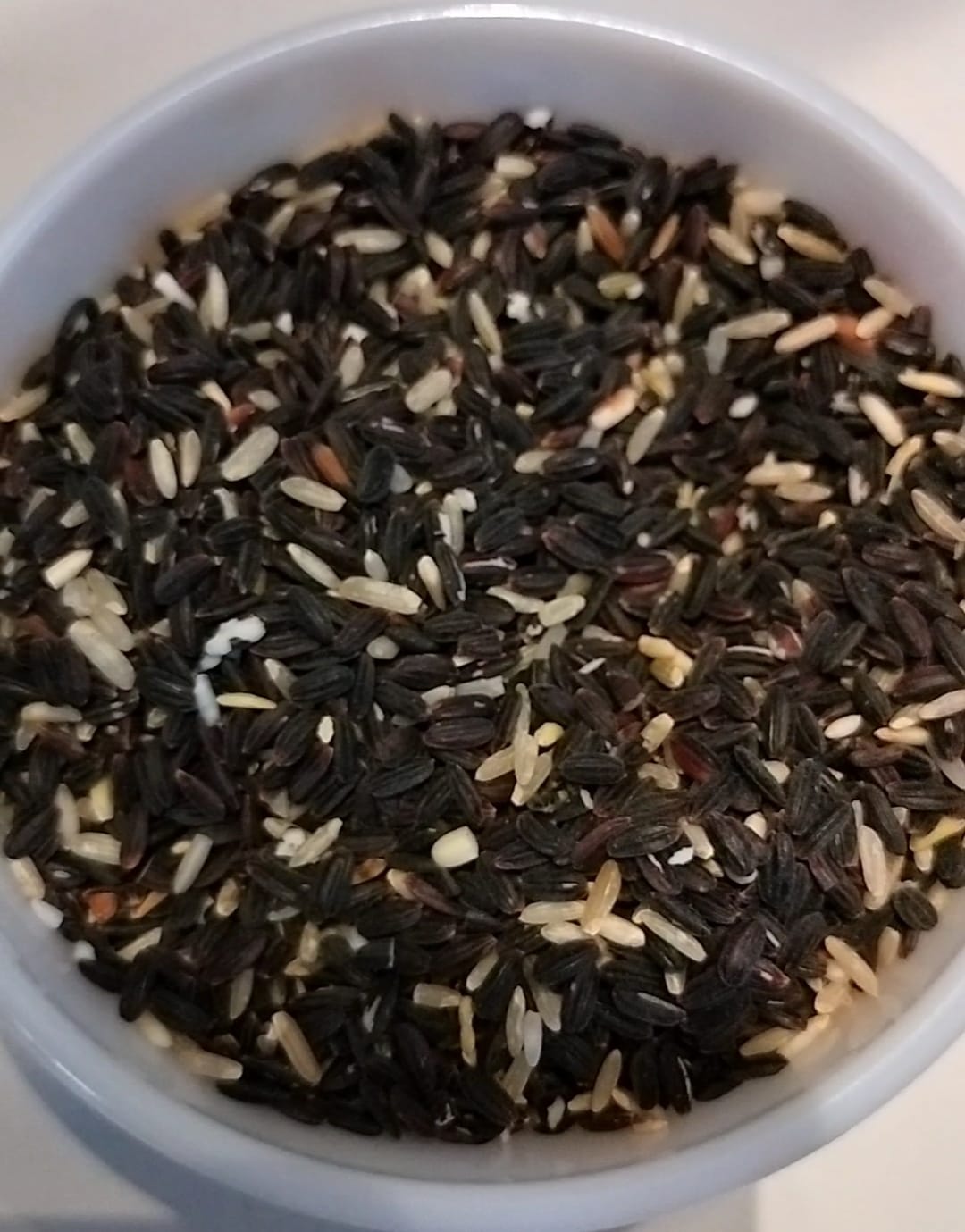Introducing the benefits of Black rice backed by research. It helps to reduce the inflammatory compound in diseases like cancer, arthritis and allergies. Rice is a staple food in many Asian countries. Generally, there are three major kinds of rice grown in this region, white rice (Oryza sativa), brown rice (O. glaberrima) and black rice (O. sativa var. indica). Black rice has an abundance of phenolic compounds with the best antioxidant activity. Black rice extracts contain alkaloid, flavonoids, terpenoids, tannins, quinones and nine types of anthocyanin. A recent study showed that anthocyanin is one of the most powerful antioxidants in rice. The pigment of black rice is the strongest among the other colors of rice. This pigment is also rich in flavonoids, and the levels are five times more than in white rice. Flavonoids are phenolic compounds that act as antioxidants and prevent damage by free radicals . Both anthocyanins and flavonoids can donate hydrogen ions, capture free radicals directly, repair DNA, repair damaged cells and stimulate the activity of immunocompetent cells. According to Min, Ryu, and Kim (2010), black rice may have the ability to exhibit antioxidant, anti-inflammatory, anti- degranulatory, anti-anaphylactic, anti-scratching and anti-allergic effects. Research has shown the anti-inflammatory effects of Indonesian organic black rice against cancer related inflammation (TNF-α, IFN-γ) and IL-6 cytokines produced by immunocompetent cells in vitro.

-min.png)
